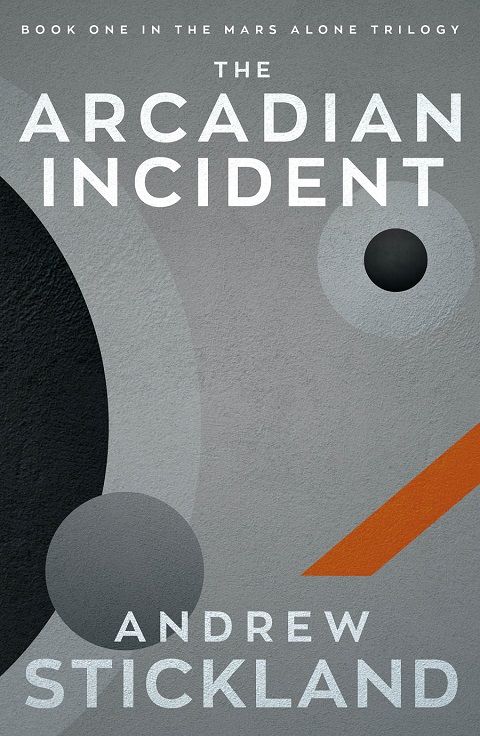Joyce activated 36
In which Maya Forstater and I attend the Women and Equalities Select Committee, and fail to keep straight faces.

Last week I said I would be returning to the topic of sex and the law, but instead I’m going to delay that and instead talk about what happened when Maya Forstater and I sat in on a hastily convened hearing on January 31st of the Women and Equalities Select Committee, which had called experts to give evidence concerning the Scottish GRR Bill and the UK government’s Section 35 order stopping it from receiving royal assent.
If you are not a subscriber to my weekly newsletter, you might like to sign up for free updates. I hope that in the future you might consider subscribing.
One of those experts was Naomi Cunningham, a barrister at Outer Temple Chambers and the chair of Sex Matters, where I work. Another was Dr Michael Foran, a lecturer in public law at Glasgow University who wrote an influential blog for the UK Constitutional Law Association on the possible extra-territorial effects of the GRR Bill, and then a paper expanding on the topic for think-tank Policy Exchange.
Michael Foran explains the definition of sex in the Equality Act #GRRBill pic.twitter.com/vaDHfvcXzz
— Sex Matters (@SexMattersOrg) February 1, 2023
Rounding out the panel were transwoman Robin Moira White, a barrister at Old Square Chambers (whose co-authored book “A Practical Guide to Transgender Law” has been panned by Cunningham) and Charlie Falconer KC, a working Labour peer who, as Lord Chancellor, oversaw the passage of the Gender Recognition Act in 2004. His sole qualification for appearing seems to have been an error-riddled Twitter thread arguing that the Section 35 order could not be legally justified.
I’m afraid that Maya and I didn’t quite succeed in maintaining entirely dispassionate expressions throughout. And unfortunately the audience, at least in that committee room, sit behind the invited experts—and the panel was televised. Part-way through, a recess was called to allow MPs to vote, and we decided to move so we were no longer behind Lord Falconer—but ended up behind White instead. Our intentions were good, but simply meant that there are clips and screen grabs of us failing to maintain complete gravitas behind both of them.
In our defence, the provocations were considerable. Lord Falconer spoke confidently and passionately, at times interrupting other witnesses, but some of what he said was so silly it gave Maya a fit of the giggles. He went on and on about “safe spaces”, a term that appears nowhere in the Equality Act, presumably to avoid drawing attention to the fact that “single-sex spaces”, which do, are for one sex only, and aren’t merely for the purposes of safety, but dignity and privacy too.
He claimed that the Equality Act gave “trans women” the right to use women’s spaces—which is worse than false, since “trans women”, meaning male people who identify as women, aren’t a legally defined category. (The Equality Act talks of “transsexuals”, who do acquire a new sex for some legal purposes, and “people with the protected characteristic of gender reassignment”, who don’t. And it doesn’t say that either group can use spaces demarcated for the opposite sex; in fact, it says that in some instances they may lawfully be exclude.) Maya pulled together some of the worst clips with brief rebuttals: see below.
— Maya Forstater (@MForstater) February 2, 2023
His most bizarre claim, however, was that providers of single-sex services and spaces could easily cope with the existence of two regimes for providing gender-recognition certificates by doing individualised risk assessments that took account of the fact that Scottish GRCs would be available to pretty much anyone. This is so ridiculous it’s hard to know where to start, but I’ll try.
No service-provider can ask to see someone’s GRC—the wretched things are subject to extreme privacy provisions—so how could someone possibly know where one was issued?! And anyway, what a GRC is used for is to receive a new birth certificate with the sex changed. That will look just the same as any other birth certificate, meaning that there’s no paper-based way to tell that a GRC-holder’s sex has been misstated, let alone whether that misstatement was via the Scottish or the UK route.
Later, White started us off again by claiming that “sex isn’t binary”. Maya was caught on camera mouthing “Yes it is”, and then laughing when I smirked and pointed to the TV screen to warn her she was being filmed.
Trans woman Robin White tells the committee that sex is not a simple binary but is 'complicated'.
— Lorna (@lorcaat) January 31, 2023
Human sex is binary. Male and Female. Really simple & straightforward. Male paraphilias & gender identities should not influence policy affecting women & the equality act. pic.twitter.com/c9Ottk9scK
Naomi performed really strongly, despite the chair, Caroline Nokes MP, getting fixated on Naomi’s claim that there would be “thousands” of applicants for Scottish GRCs. (Nobody knows how many there will be, as Naomi rightly remarked, and the exact number doesn’t really matter. But for what it’s worth, the UK government has produced a guesstimate of over 500 applications a year, which after just a few years does indeed accumulate to “thousands”. Yet somehow Nokes seemed to think she had landed on an amazing gotcha.)
Pleasingly, what got reported in the press was what the actual experts said. Naomi got a lot of coverage for her impassioned defence of single-sex associations, which are not covered by the single-sex exceptions in the Equality Act, and Dr Foran for his explanation of how taking “sex” in the Equality Act to mean “sex as modified by a gender recognition certificate” would mean every direct-discrimination case on the basis of sexual orientation in the past decade had been wrongly decided. I don’t think that would have happened even a year ago. Outlet after outlet would have uncritically repeated the sex-denialist misrepresentations and grandstanding.
The second remarkable change was demonstrated by Naomi’s use of reality-based language. She repeatedly referred to the people whom White and Falconer would call “trans women” as “men who claim to be women”, and used male pronouns for them. Nobody objected—at least not out loud. When I started writing on this topic nearly five years ago now—and it feels like a lifetime—trans-identified people would demand, and get, promises from organisers that everyone would have to stick to gender-identity language on pain of being removed.
Naomi’s consistent “misgendering”—more properly “correctly sexing”—of trans-identified people was clear evidence that what journalists call “the narrative” has just made one of those sudden, dramatic shifts that is impossible to predict in advance, but which can change the tone of coverage overnight. These lurches seem strange to anyone who’ve been following a story for a while—after all, Adam Graham/Isla Bryson is hardly the first male rapist to declare himself to be a woman before sentencing. But, like Ernest Hemingway’s description of going bankrupt, narratives shift “slowly at first, then all at once”.
I must say, I was slightly embarrassed when I rewatched, and saw some of the stills circulating on social media, and discovered just how easy it is to read what I’m thinking on my face. Somehow, I have reached middle age without knowing this! I didn't know I smirked so often, either; nor that when I hear something particularly stupid my face freezes and my eyes kind of pop. I definitely won’t be taking up poker any time soon.

But then I stopped worrying, in part because of a picture montage created by author Milli Hill drawing a comparison between me and Maya smirking, and Suffragettes with rather similar expressions, listening to what was presumably a similar degree of nonsense about women and our rights being spouted by similarly overconfident, underinformed men.
Same shit different century. pic.twitter.com/8jqoXaZHR6
— Milli Hill (@millihill) February 1, 2023
And also because mockery is surely how all this has to end. That’s part of the point of the fable of the emperor’s new clothes, after all: the child doesn’t merely break the silence regarding the emperor’s nudity, he does it by laughing. If so-called experts are going to sit in a room in the Houses of Parliament and wag their fingers while making up nonsense about the law and material reality, I feel under no duty to keep a straight face. And I hope that, as when the child points and laughs at the naked emperor, others will join in.
If you would like to become a paid subscriber and receive full access to my weekly newsletter, you can sign up here.
And finally, something a little different: my husband’s first book is out next week. As the blurb says: “The first instalment of Andrew Stickland’s Mars Alone Trilogy is a gravity-defying thrill-ride into the human race’s all-too-believable future in space.”

Of course I’m biased, but really, it’s great. It’s aimed at the “young adult” market, meaning it’s suitable for keen readers from age 12 and up—it’s been road-tested on adults, not just me, and they like it too. For the next week you can get it direct from the publishers, Lightning Books, at 30% off.